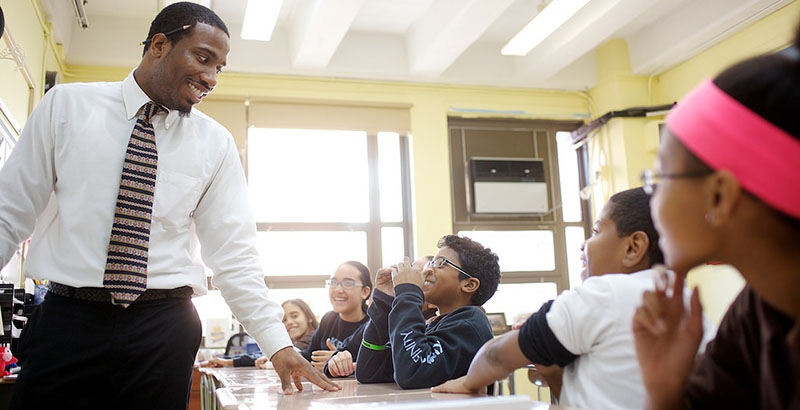
There is nothing easy about leading a large class of easily distractible young people with different skills and temperaments. Effective classroom management requires not only mere knowledge about the subjects, but also requires patience, good relationship skills, good timing, awareness, and boundaries. So one would wonder, how do these master teachers do it?
The real truth is there is no voodoo to successful classroom management, explained below are some of the most cited and creative approaches.
1. Build Relationships

Rapport is important. How else do you expect to teach children if you do not build that personal relationship with them? Endeavor to always talk with them apart from just teaching the subject of the day. Greet them outside the classroom, and not only in the class. Children appreciate it so much when you listen and take interest. Other educators have revealed that a teacher’s ability to balance warmth and strong boundaries is key to successful relationships—and classroom management.
2. Take Care of Yourself to Take Care of Your Students
While we strive to take care of our students, we should not neglect ourselves as well. To learn effectively, your students need a healthy you. Get enough sleep, eat healthy food, and take some time off to attend to your own needs. I believe that is why we have leaves incorporated into the employment system.
Numerous studies agree with the idea that self-care reduces stress, which can deplete your energy and impair your judgment. While self-care is more of a habit or practice for your own well-being than an actual classroom management strategy, the benefits include improved executive function, greater empathy, and increased resilience—all qualities that will empower you to make better decisions when confronted with challenging classroom situations.

3. Set Rules, Boundaries, and Expectations Early
Even as we try to act as friends to our students, we also have to create boundaries that are governed by rules. You do not want a situation where students do not respect you because of how close you are with them. Establish the code of conduct early in the school year, and be sure that everyone—including you the teacher—makes an effort to stay true to it. Follow through with rewards and consequences. If you say it, mean it. And if you mean it, say it. Be clear, be proactive, and be consistent. You can be kind, loving, and supportive, but you still have to be their teacher.
4. Use a Strength-Based Approach
It is a common scene to have a stubborn kid in every class. Two kids can’t have the same attitude or behavior, it is your duty as their teacher to look for ways to interact with them all irrespective of their attitude. To make it easier for you, find ways to make your hardest kid your favorite kid. That’s not easy, of course. A strength-based approach means always looking beyond the surface of behavior, even when it’s inconvenient.

Kids oftentimes misbehave in a bid to get attention, find out why they need the attention and how you can give them what they need. And don’t forget to continue to work to deepen the connection. The truth is once you are able to connect with your students, it makes other things smoother.
5. Involve Parents and Guardians
Parents or guardians want to hear that you see the good in their child. A positive connection with home can often help in the classroom. The majority of teachers send home reports of both positive and negative behaviors—it’s critical to do the former, too—and also use email and text services to communicate about upcoming events, due dates, and student progress. It’s important that parents are involved and know what’s going on so they can support and reinforce at home.
